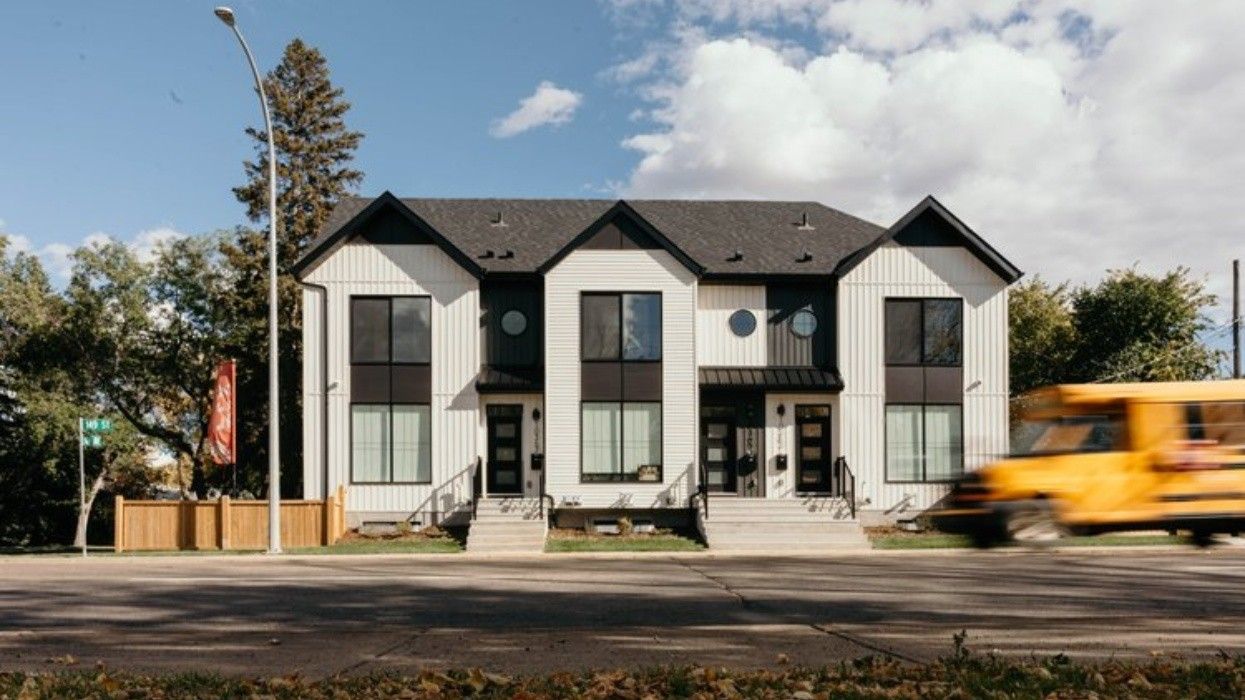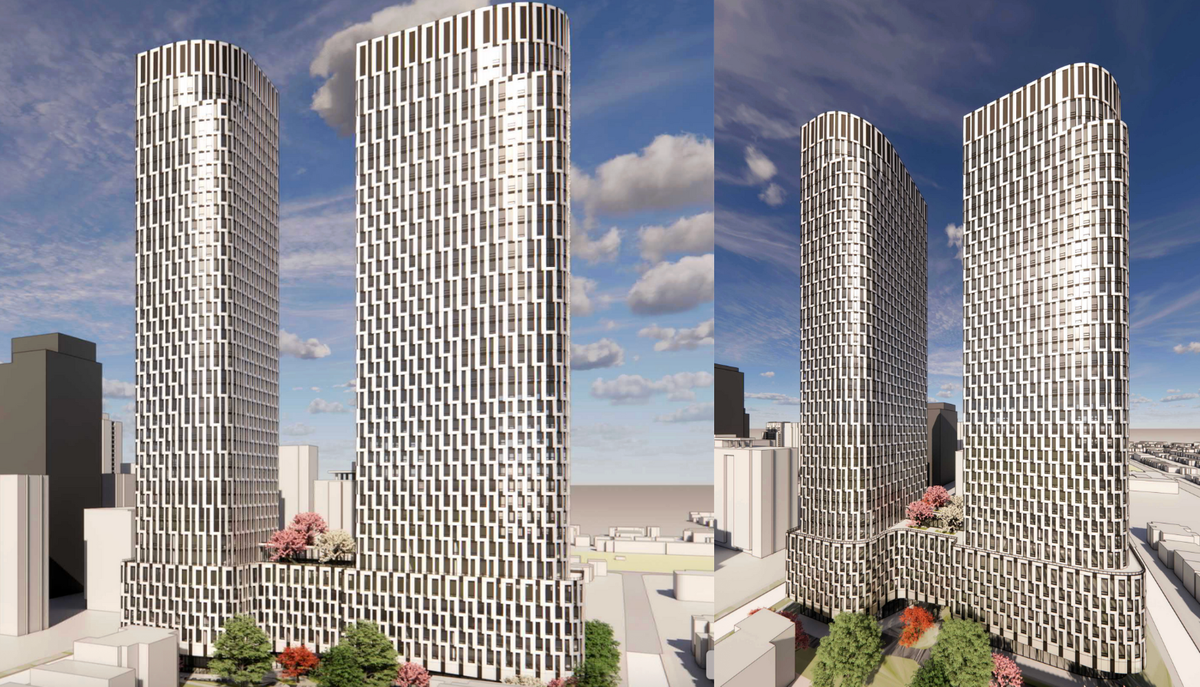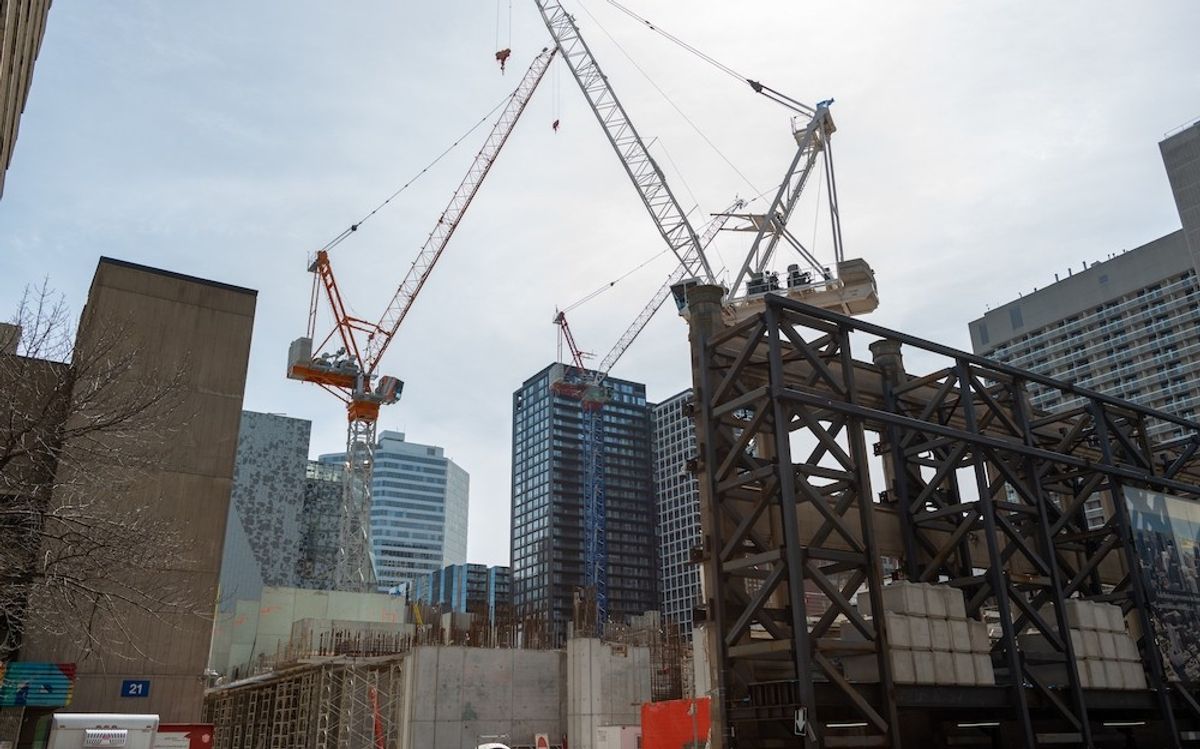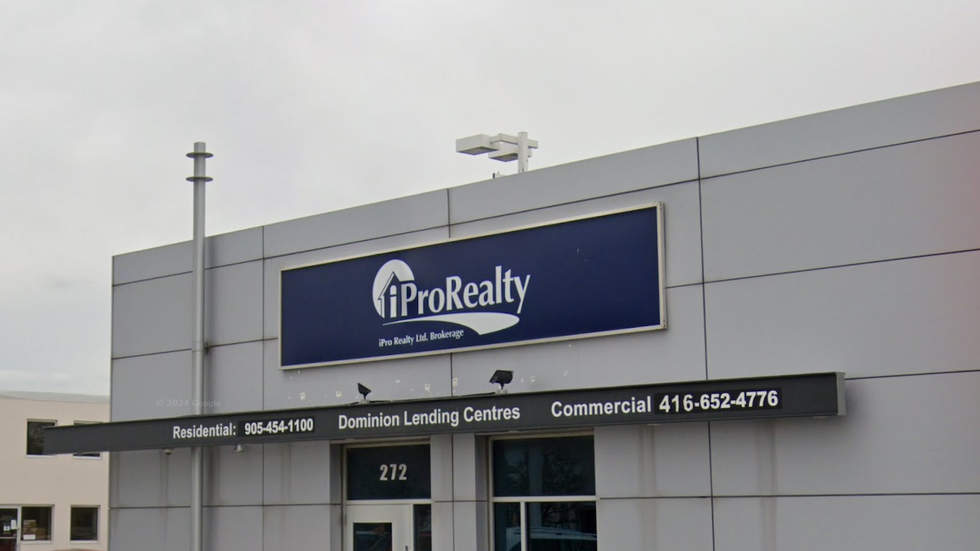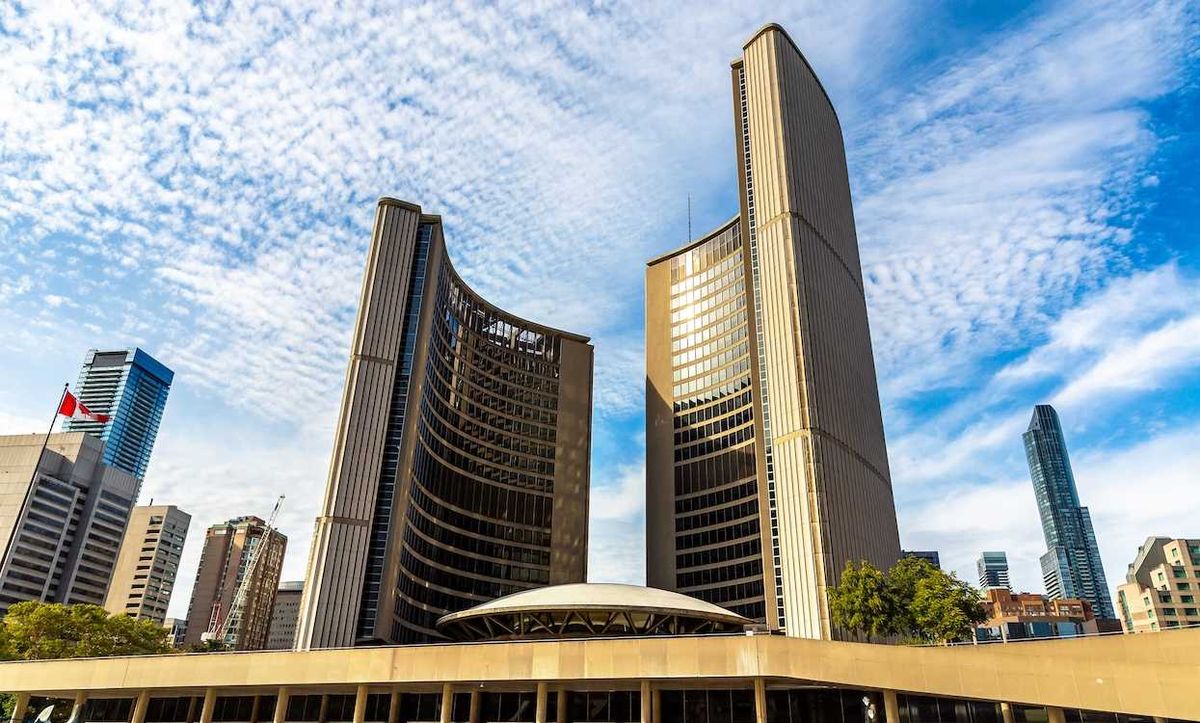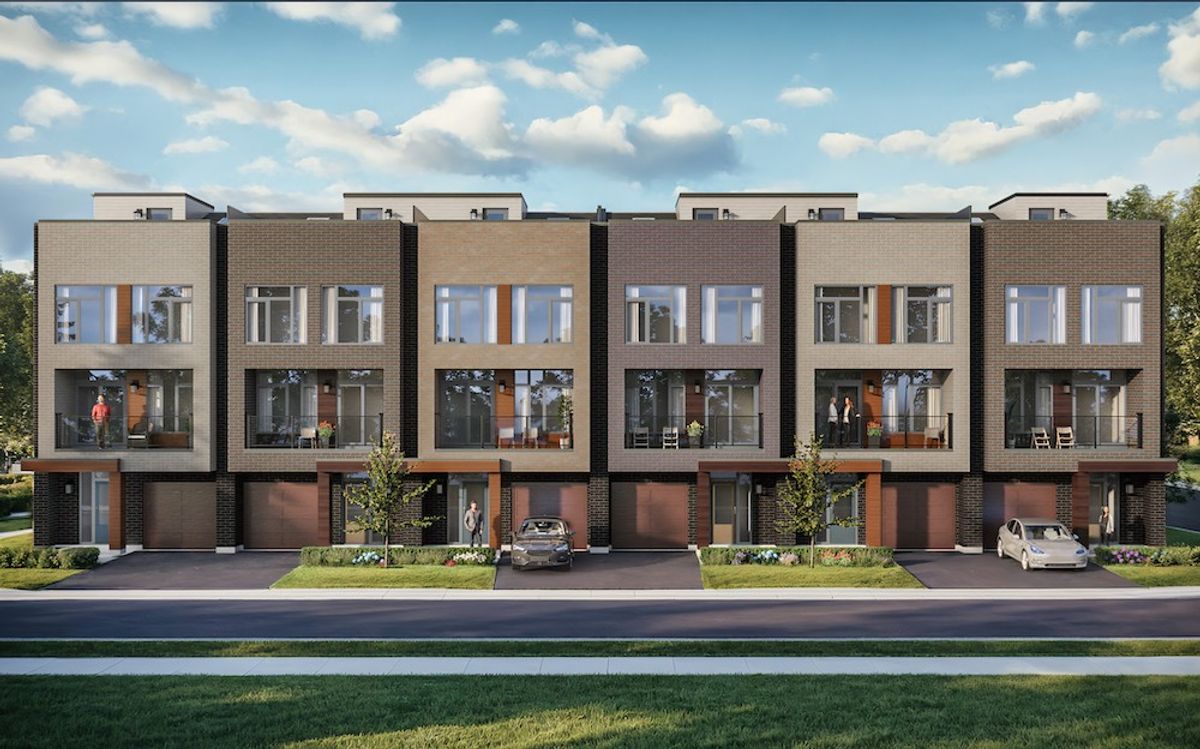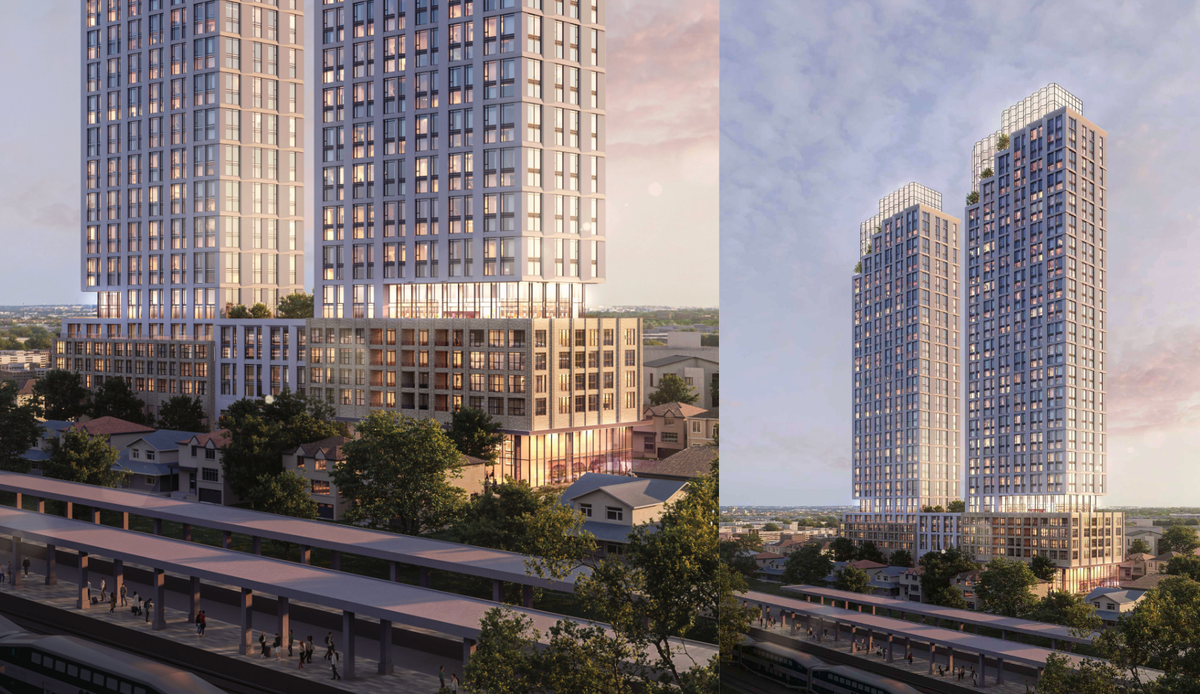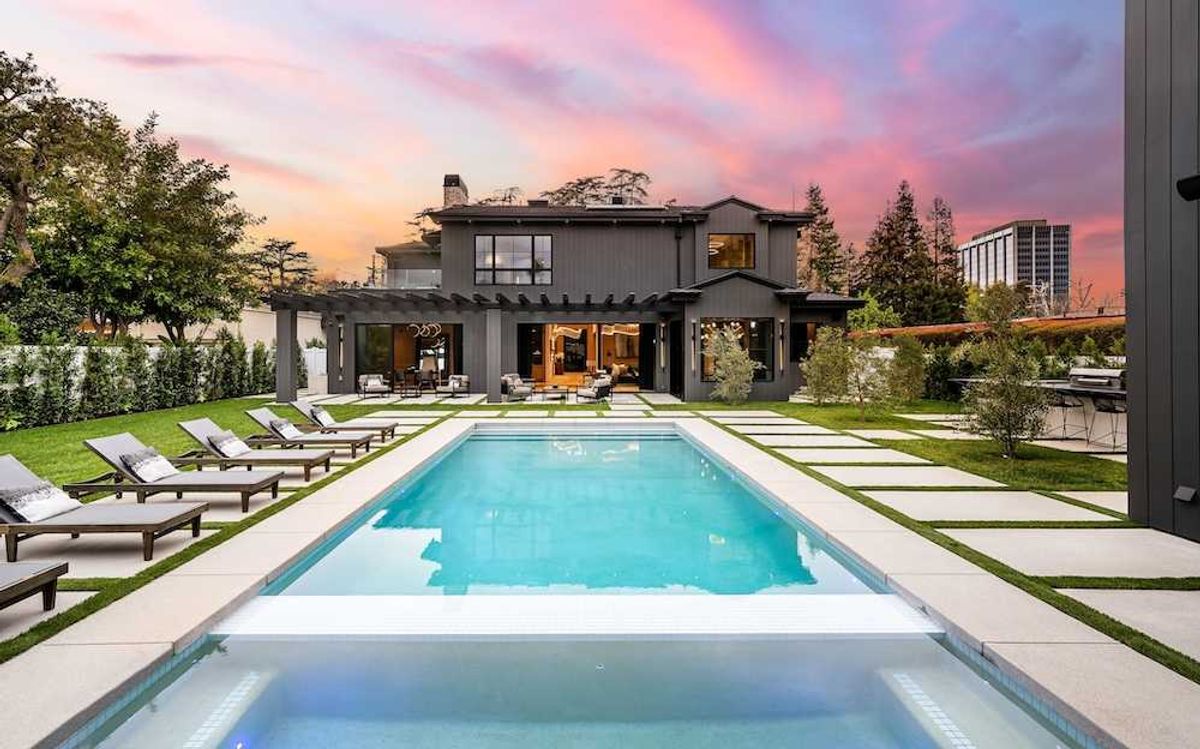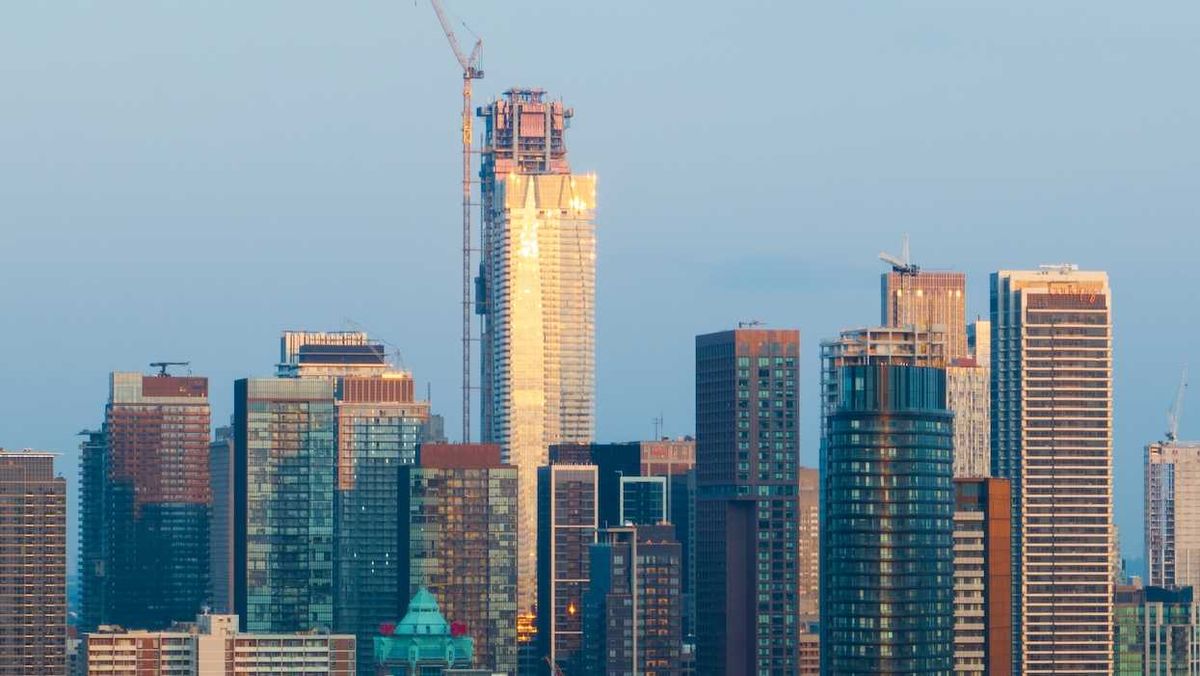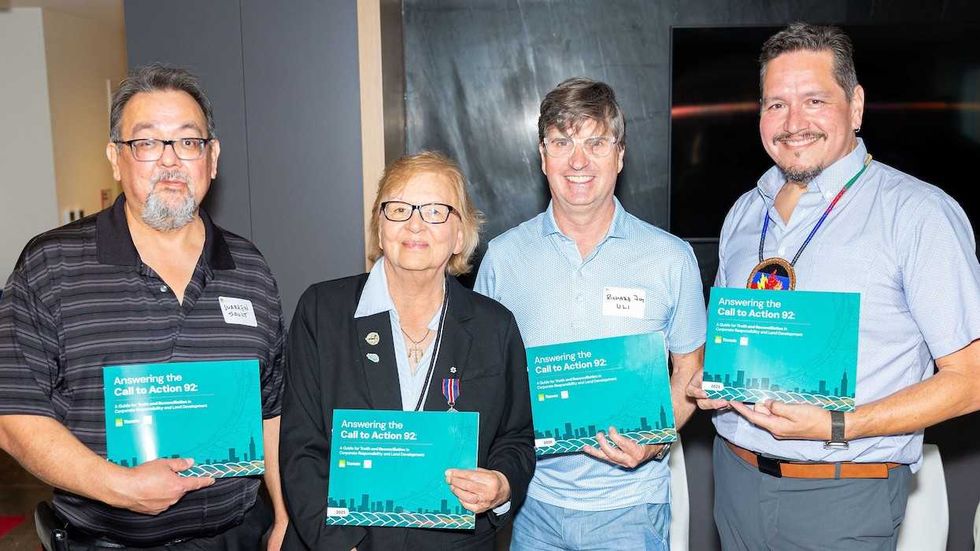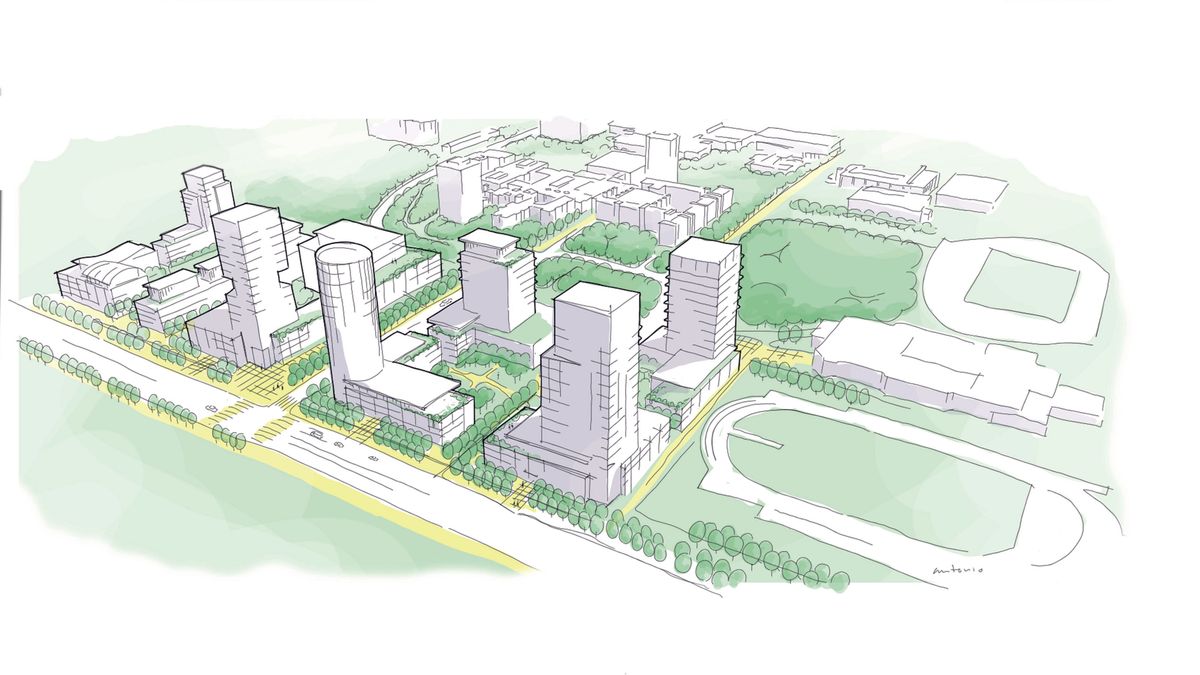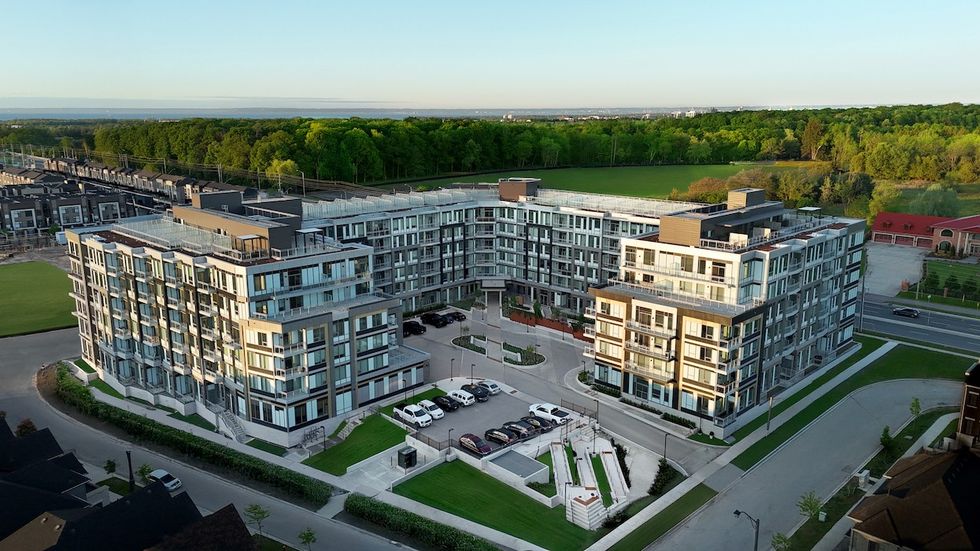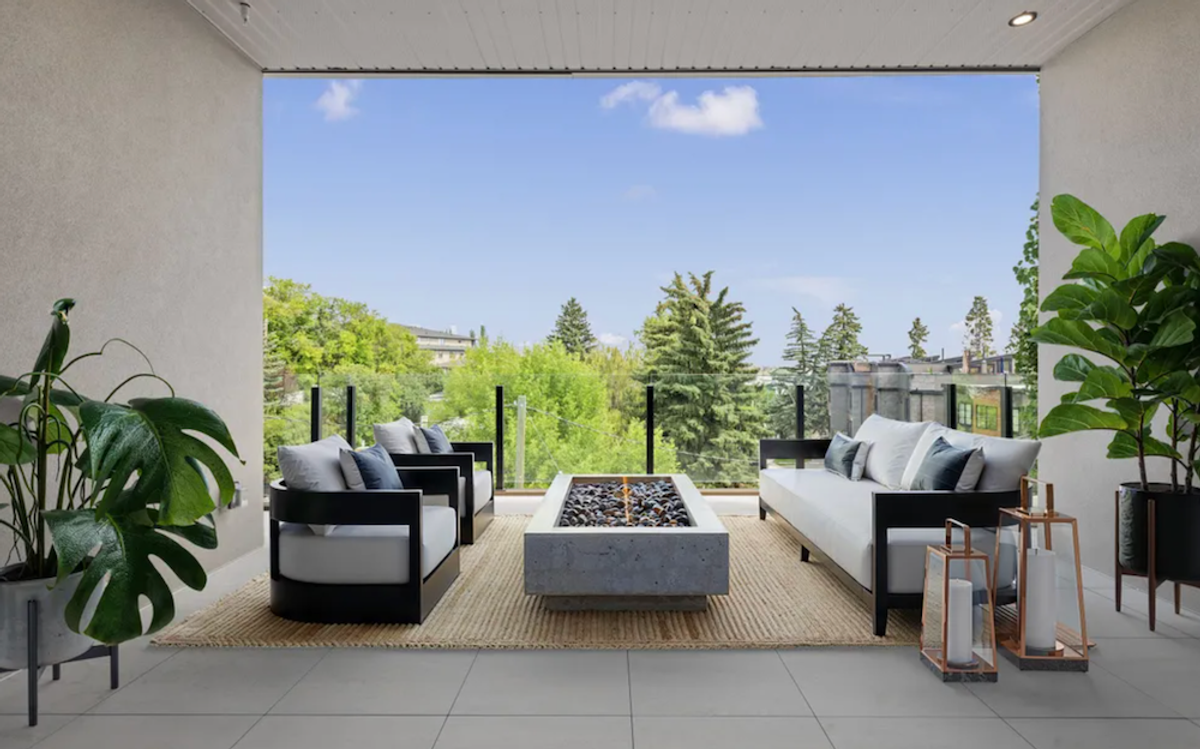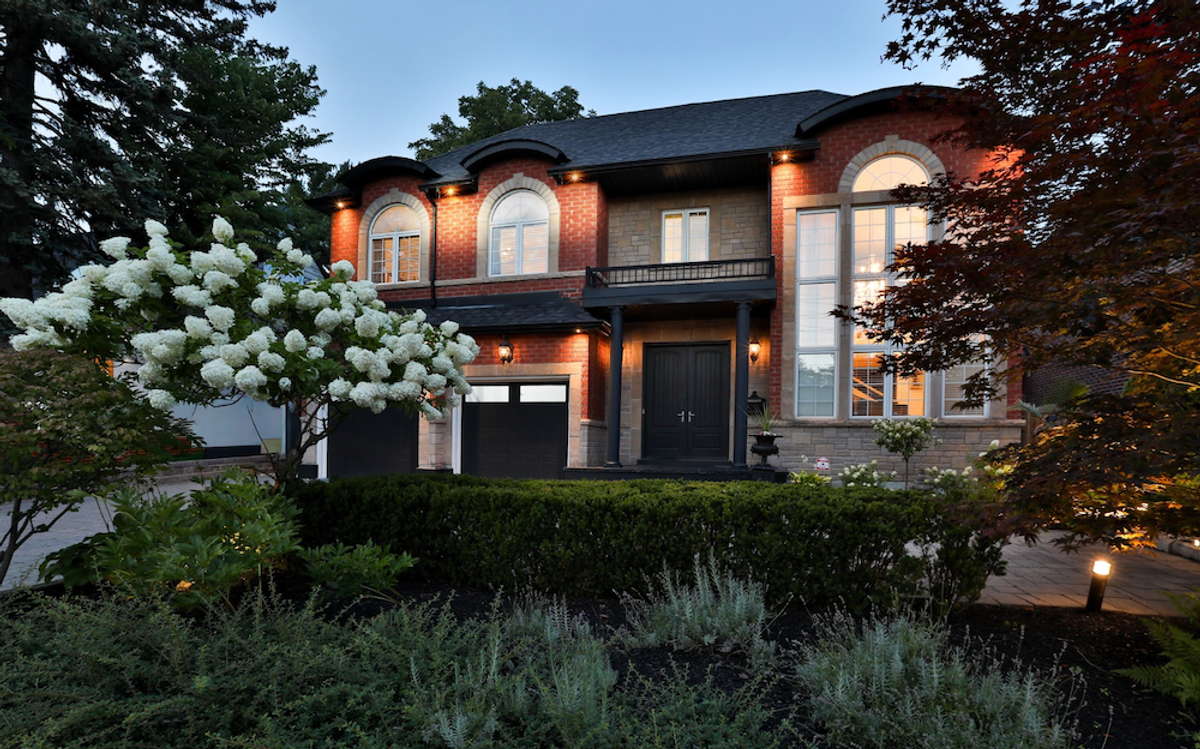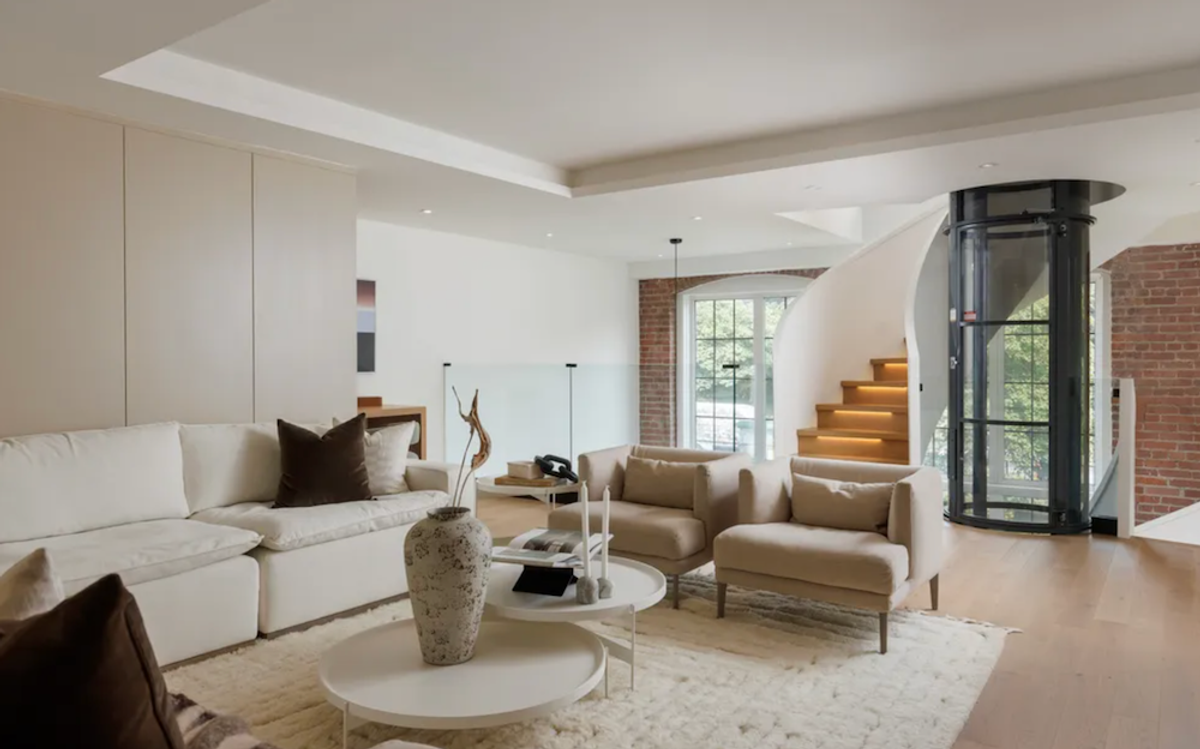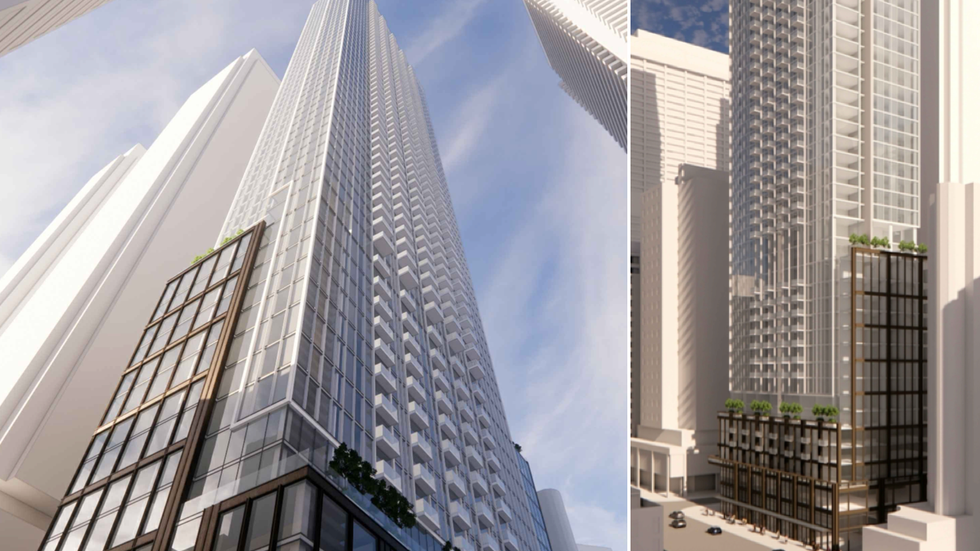On October 23, 2023, Edmonton City Council approved an overhaul of its zoning bylaw, ending exclusionary zoning and allowing up to eight units per residential lot by default. The change, delivered as Zoning Bylaw 20001, came into effect on January 1, 2024, and the City has seen the results it was hoping for, according to a report heading to the Urban Planning Committee today.
Under the previous zoning bylaw, most commonly-sized residential lots could be developed with up to six dwelling units without the need for rezoning, but only for lots in specific locations and zones. The new zoning bylaw introduced the RS Zone, also known as the Small Scale Residential Zone, and allowed up to eight or more units on any residential lot — with slight variations depending on the lot size, location, and other factors.
"The RS Zone is intended to allow for a range of small scale housing forms, such as single detached housing, semi-detached housing, row housing and multi-unit housing up to three storeys in height within redeveloping areas of the city," the report notes. "It replaced six low density residential zones in Zoning Bylaw 12800, expanding the potential for multi-dwelling housing in existing neighbourhoods."
According to the City report, a grand total of 555 residential development permits were issued in 2024 for housing forms such as single-detached homes, semi-detached homes, rowhouses, and multiplexes — together often referred to as "missing middle" housing. The 555 residential development permits issued in 2024 consisted of:
- Single-detached homes with one unit: 159 permits (28.6%)
- Single-detached homes with a secondary suite: 100 permits (18.0%)
- Row houses: 165 permits (29.7%)
- Semi-detached homes: 117 permits (21.1%)
- Multiplexes: 14 permits (2.5%)
On a unit basis, the City says multi-dwelling housing accounted for approximately 85% of all new units approved in RS zones, of which over half (50.6%) took the form of row houses. On average, row houses added 146 new units per year between 2019 and 2023, but that number jumped all the way to 1,216 in 2024.
The report also notes that 177 development permits were issued in 2024 for backyard houses that resulted in 258 new dwelling units, indicating that even new backyard housing is including multiple units.
Overall, the total amount of missing middle housing units more than doubled from 2023 to 2024, from a bit over 1,000 units to about 2,300 units.
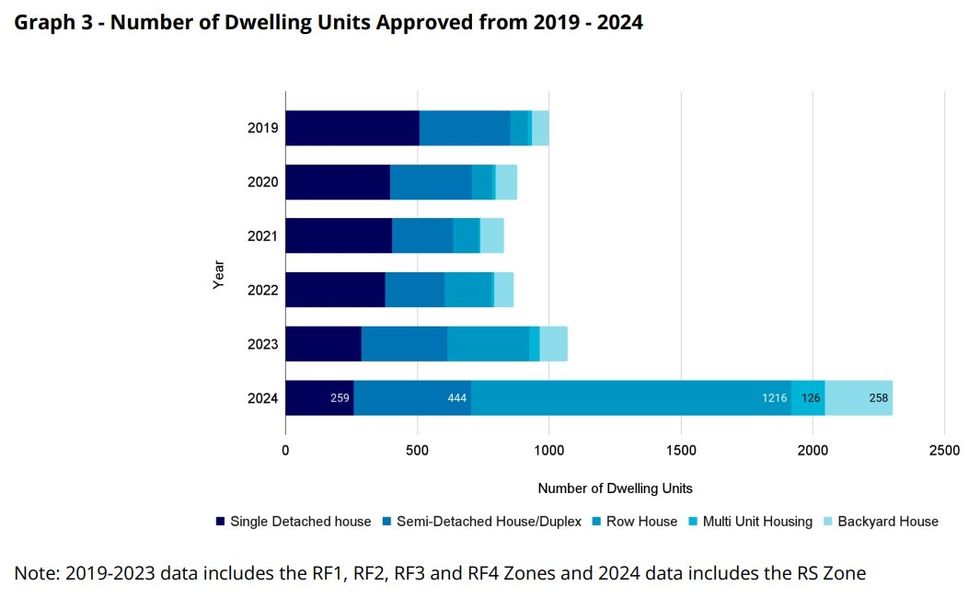
The report going to the Urban Planning Committee today is focused on whether to introduce incentives to encourage more multi-dwelling housing. However, because of the significant uptake that was seen in 2024, Administration is not recommending any new incentives be introduced at this time.
"Based on the development permit and variance analysis of multi-dwelling housing and feedback received from the targeted stakeholder interviews, Administration does not recommend introducing amendments to Zoning Bylaw 20001 to create incentives for multi-dwelling housing. For the purpose of allowing and approving a range of small scale multi-dwelling housing opportunities, the RS Zone is working as intended. The analysis highlights that a variety of different housing forms are being approved and the maximum allowable unit density is not always sought out."
"Zoning Bylaw 20001 made a shift away from regulating specific residential built forms to allow applicants or homeowners greater choice in how they redevelop their properties," City staff added. "As the data illustrates, a variety of different housing forms are being approved in the RS Zone. Single detached housing is being built with and without additional dwellings, but these sites could be renovated or added onto in the future. The different residential built forms and configurations adds to the diversity of housing possible in the RS Zone and greater choice for Edmontonians."
Under Zoning Bylaw 20001, there already exists an incentive that allows for a 2% increase to maximum site coverage in order to accommodate single-storey unenclosed front porches, retention of existing historical buildings, and supportive housing or inclusive design in 20% of the proposed units, but the City says the incentive has not been utilized much due to the costs outweighing the benefits.
Zoning Bylaw 20001 One Year Review
In addition to the aforementioned report, also going to the Urban Planning Committee today is the first-year review of Zoning Bylaw 20001, which introduced changes to other forms of development as well as development approval processes. Even with the wider scope, the results indicate that the new zoning bylaw has had a positive impact, as a total of 16,511 new housing units were approved in 2024, which represented a 30% increase from 2023.
"The Zoning Bylaw is intended to enable a greater variety of homes in all neighbourhoods so that all people have access to different housing options. In 2024, 40% of proposed dwelling units were approved in the redeveloping area, half of which were multi-unit housing dwellings such as apartments. In addition, there were approximately four times as many row housing dwellings approved in the redeveloping areas in 2024 than in each of the previous five years (2019-2023). Only about five per cent of dwelling units approved in the redeveloping area in 2024 were for single detached housing. This indicates that the redeveloping area is supporting increased population growth and more housing choice."
Zoning Bylaw 20001 also had the goal of streamlining regulations through more permitted uses and fewer discretionary uses. On this front, the results were also positive, with the proportion of permitted developments increasing from an average of 79% between 2019 and 2023 to 94% in 2024. Accordingly, the City saw a significant reduction of rezonings to direct control zones, from an average of 60 per year between 2019 and 2023 to just 17 in 2024, which represented the lowest total of the past six years. The City also said that 2024 saw the highest proportion of rezonings from a direct control zone to a standard zone since 2019, a sign that applicants are finding standard zones sufficiently-suitable.
As it relates to missing middle housing, the review also examined the set maximum of eight units per lot. According to the City, 242 development permits were issued in 2024 for sites that met the requirements to accommodate up to eight units. However, only 122 opted to go to the maximum potential allowed for their site.
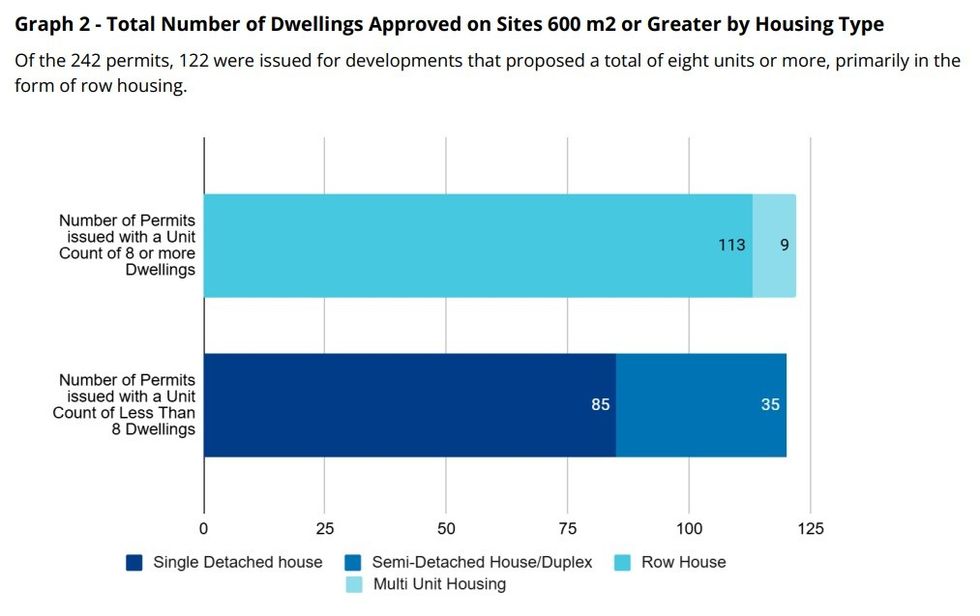
"Administration also reviewed variance data related to the site area and unit maximums to further understand the effectiveness of this requirement in the Zoning Bylaw. Only one permit was issued with a variance for a row house development to relax the minimum site area per dwelling regulation to allow for eight dwelling units. Nine permits for backyard housing received variances to the site area regulation, including three where there were more than eight dwelling units on the site. This indicates that the majority of applicants are adhering to the dwelling limits of the RS Zone."
"As the data illustrates, applicants and property owners are exercising a variety of housing choices in the RS Zone," staff added. "The eight unit maximum is introducing more housing units to the redeveloping areas, supporting The City Plan’s housing targets and providing much needed housing supply to address the rapid increase in population Edmonton has experienced in the past few years. However, considering that the eight dwelling limit has only been in effect for 18 months and the analysis above only represents one year of data, Administration will continue to monitor development trends related to the maximum dwelling limit in the RS Zone."
Later this month, however, staff will be making a series of recommendations regarding regulation changes to improve building and site design outcomes, including those pertaining to increasing side setbacks, reducing maximum building lengths, reducing the number of entrances that can face a side yard, and expanding design articulation requirements, among other things.
